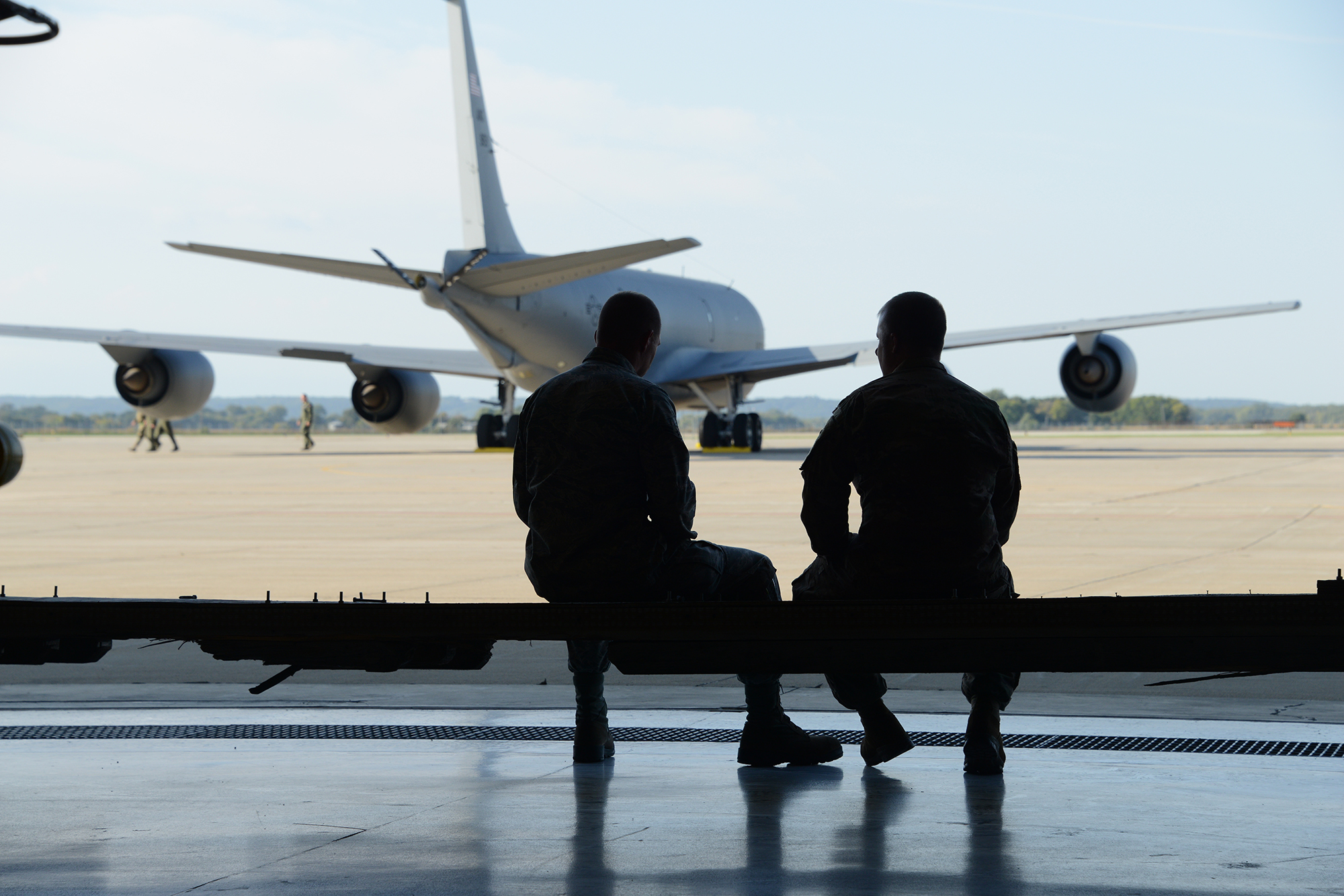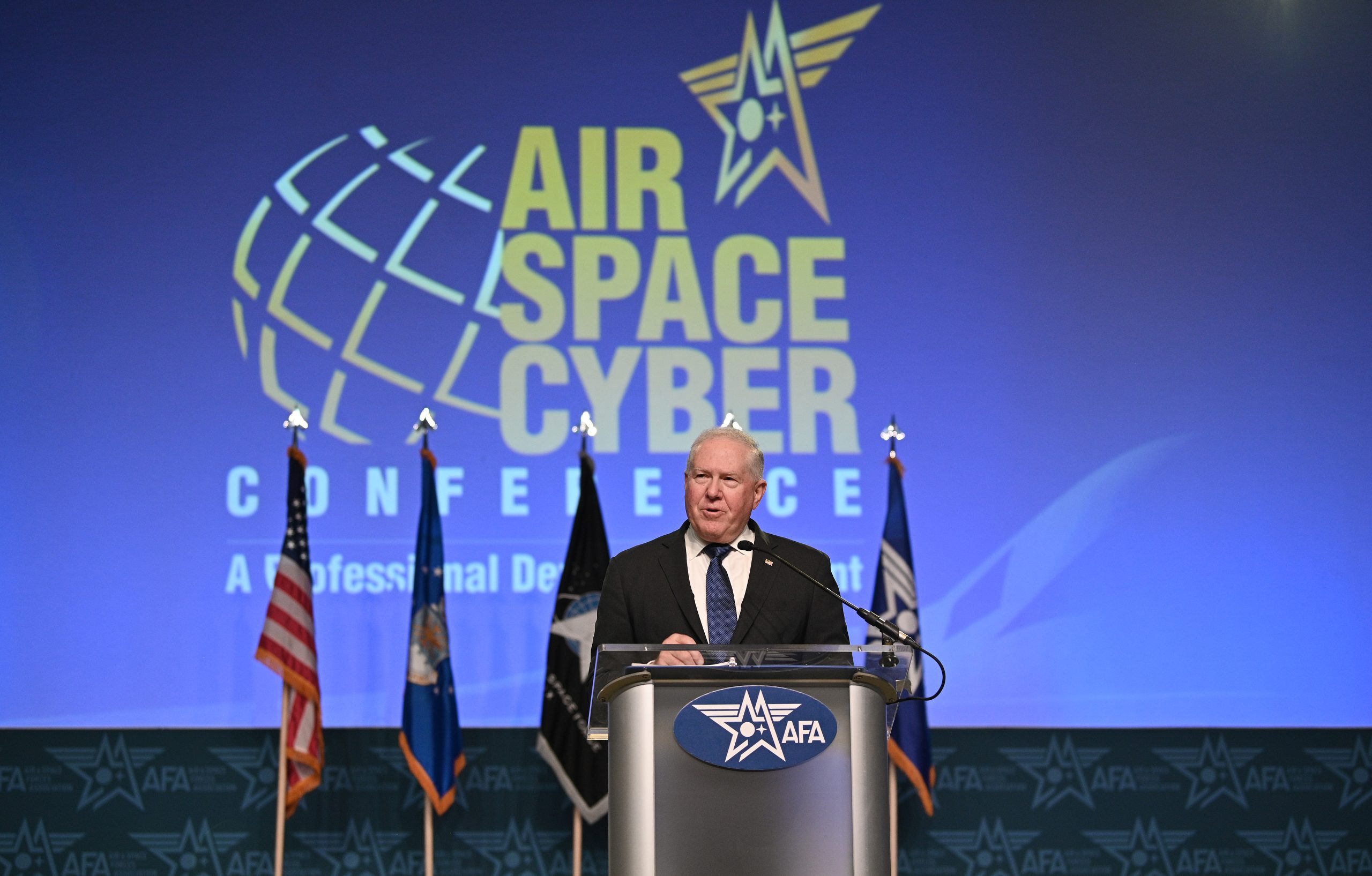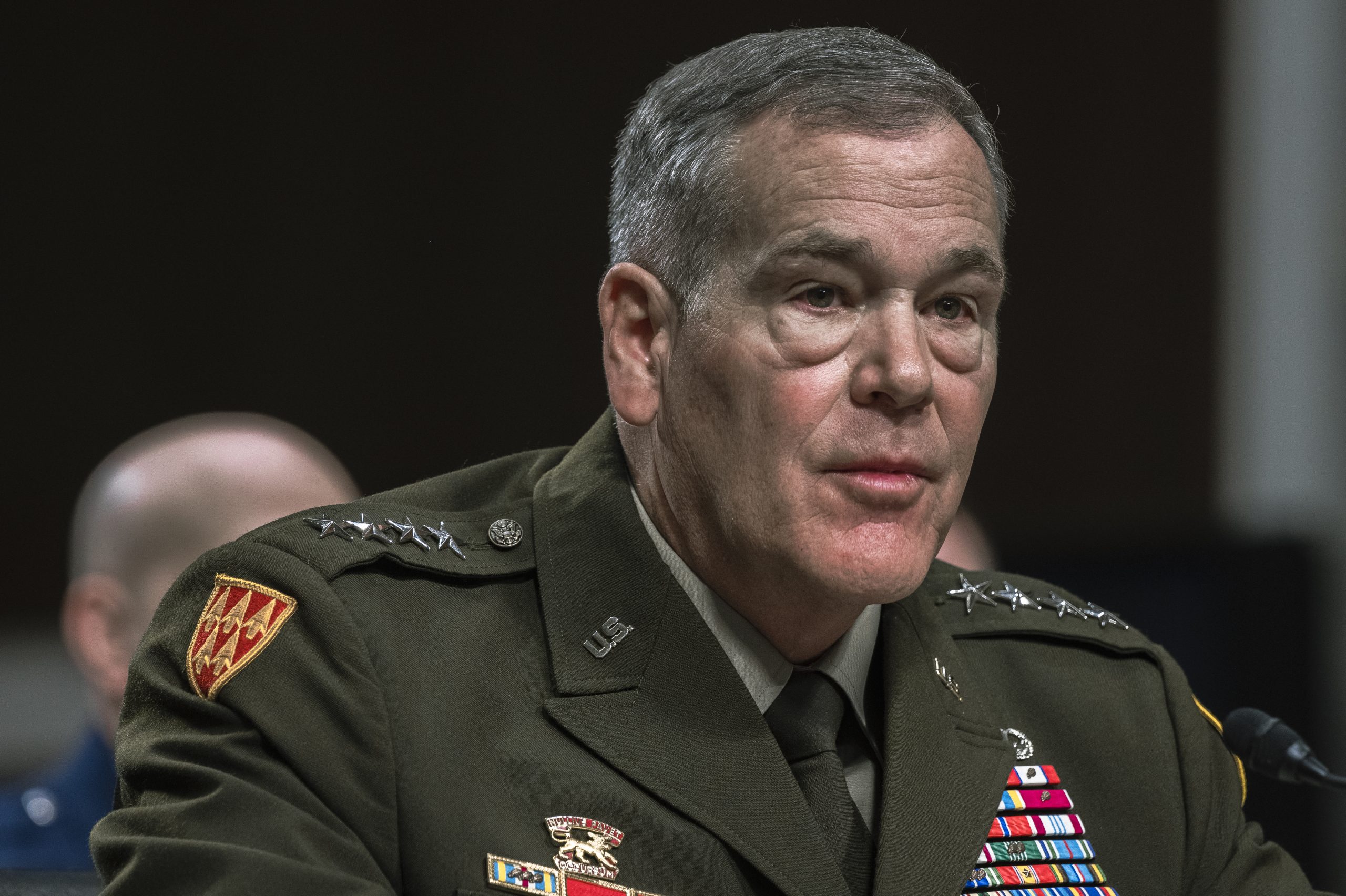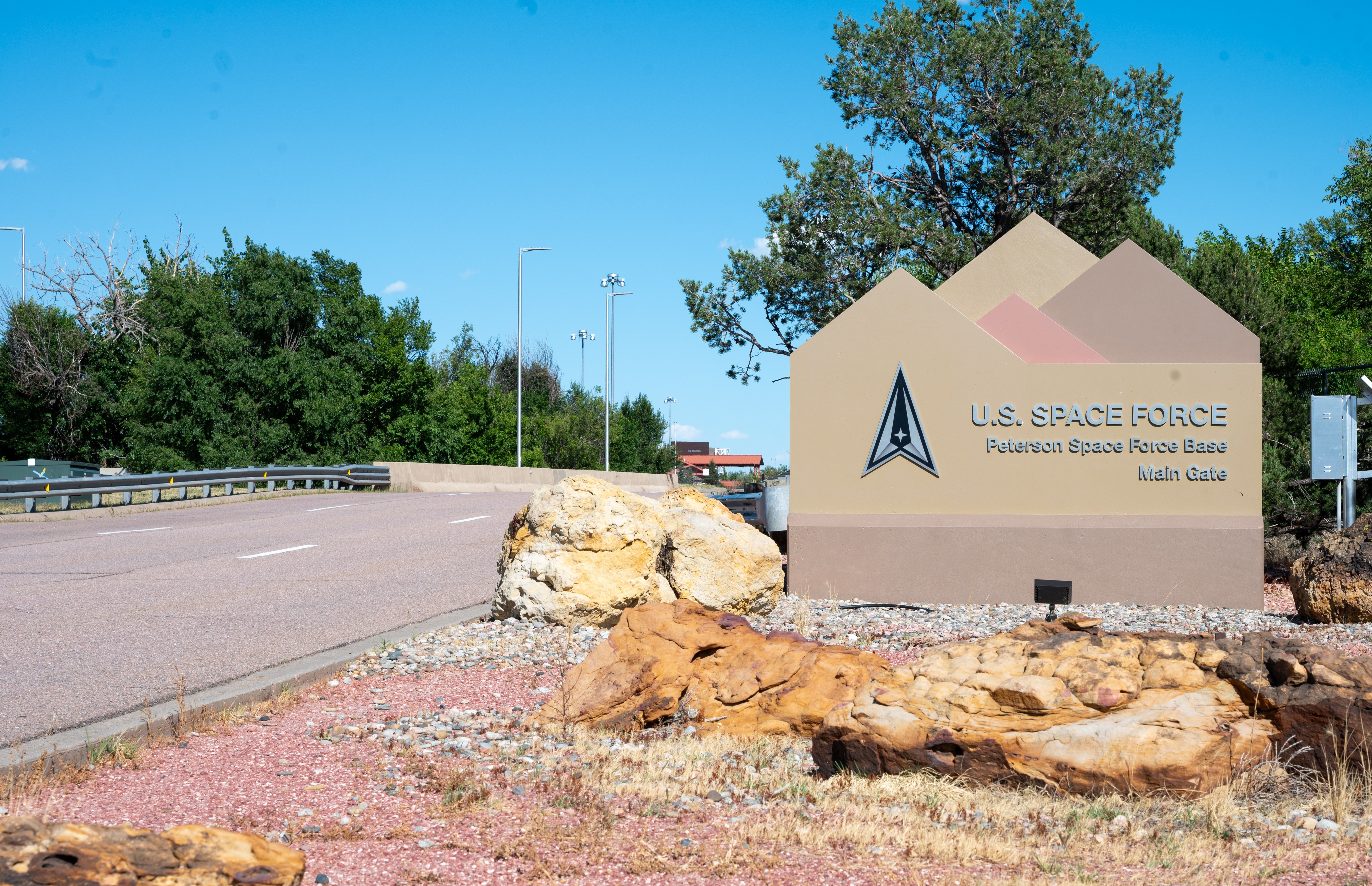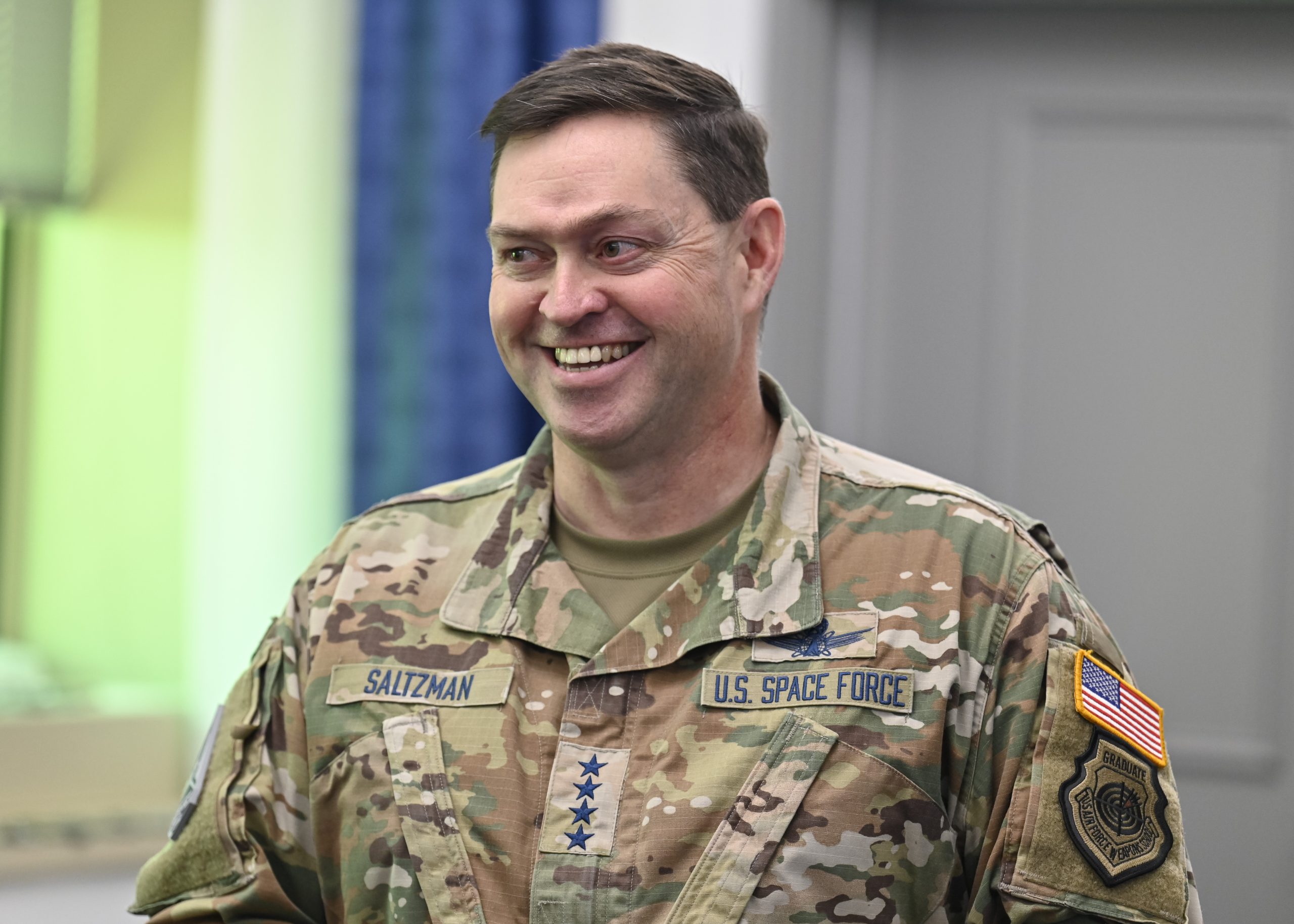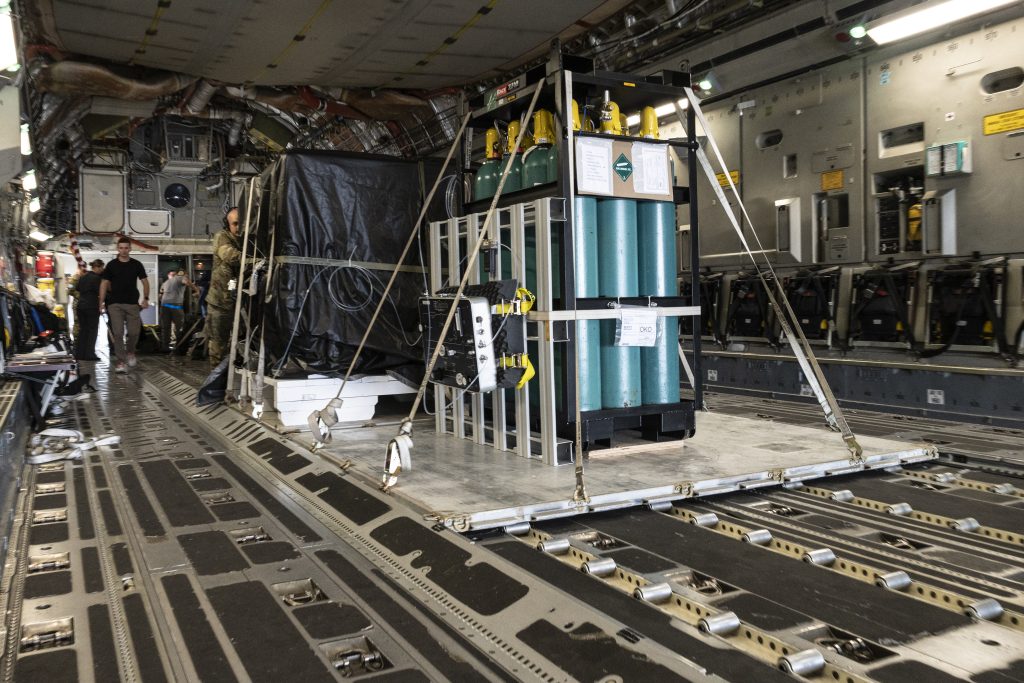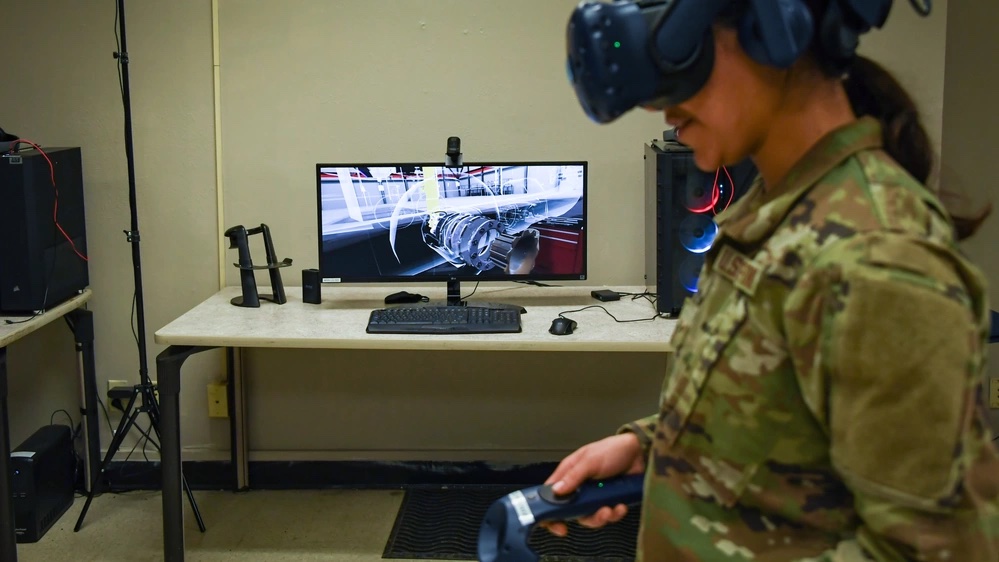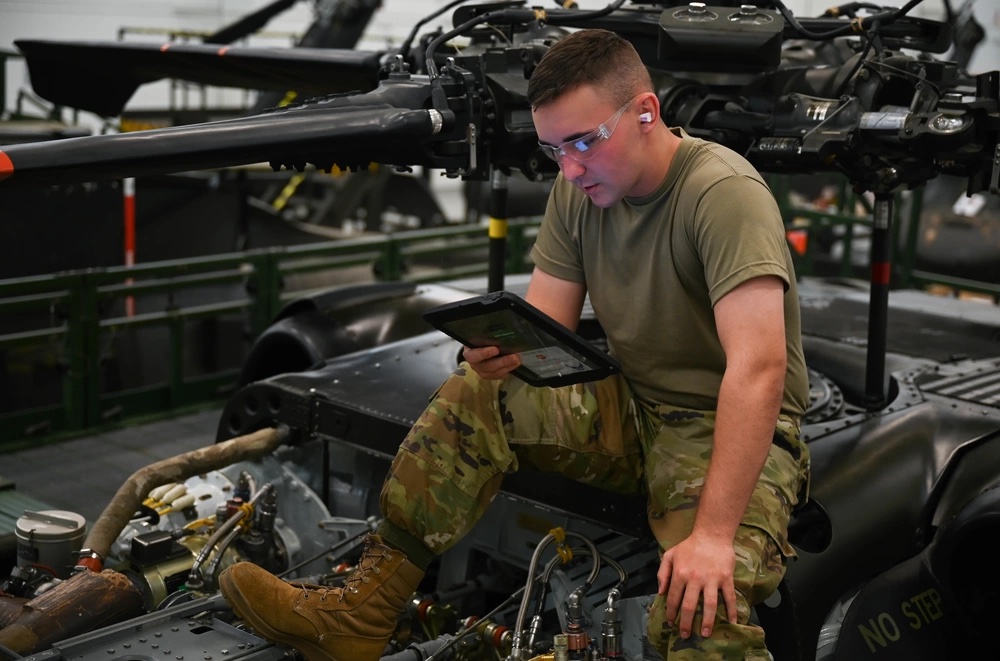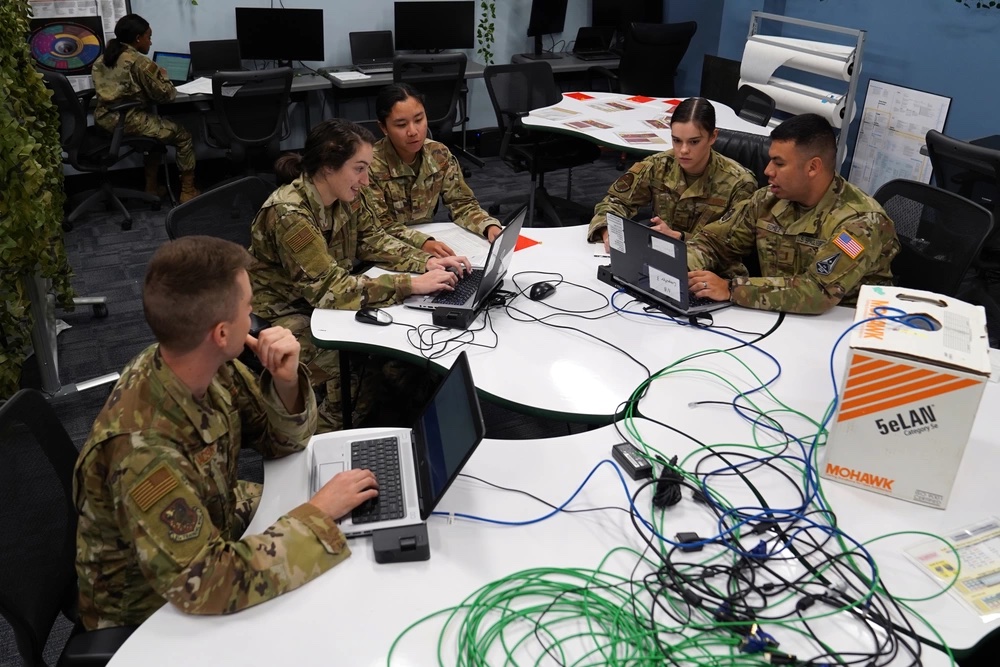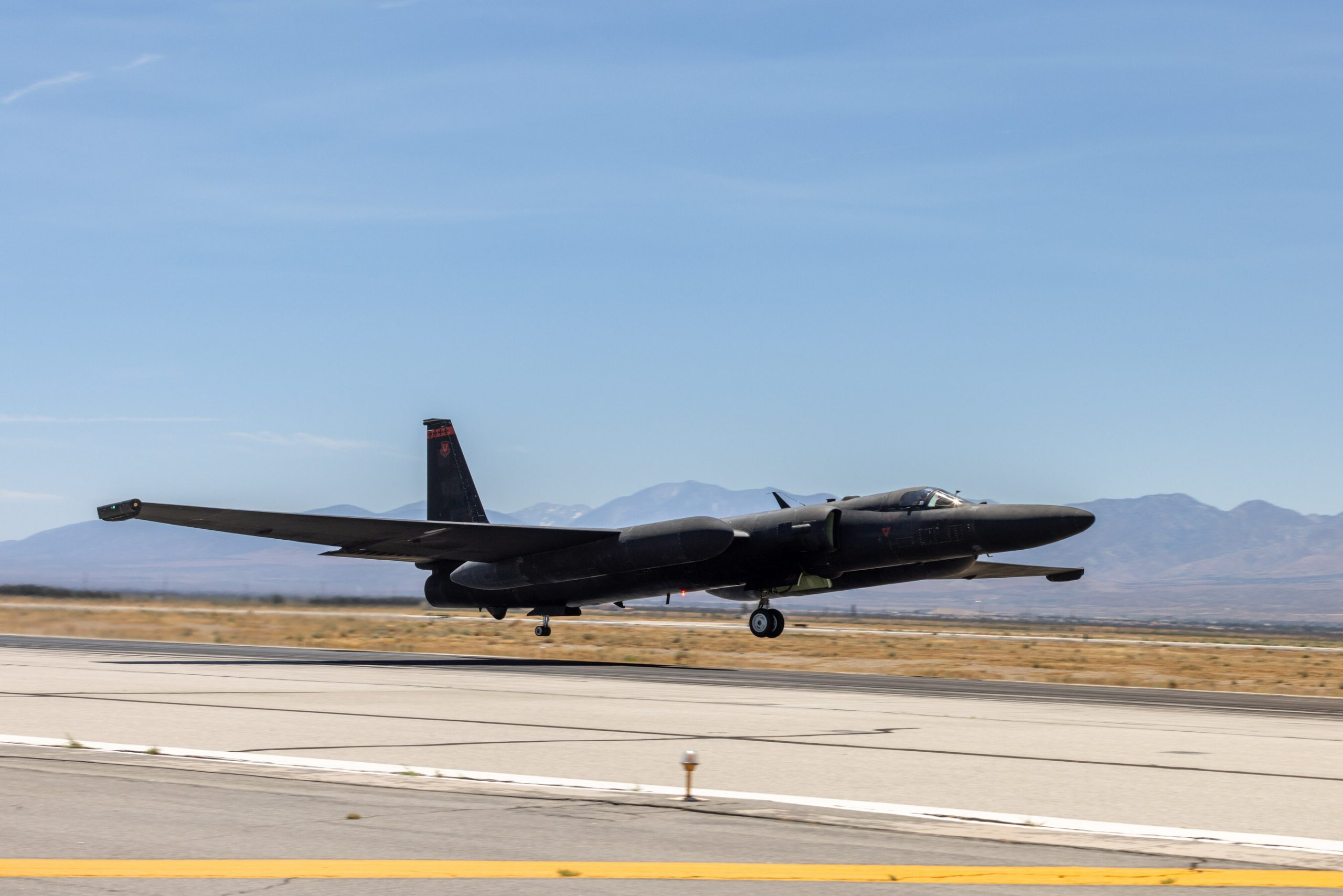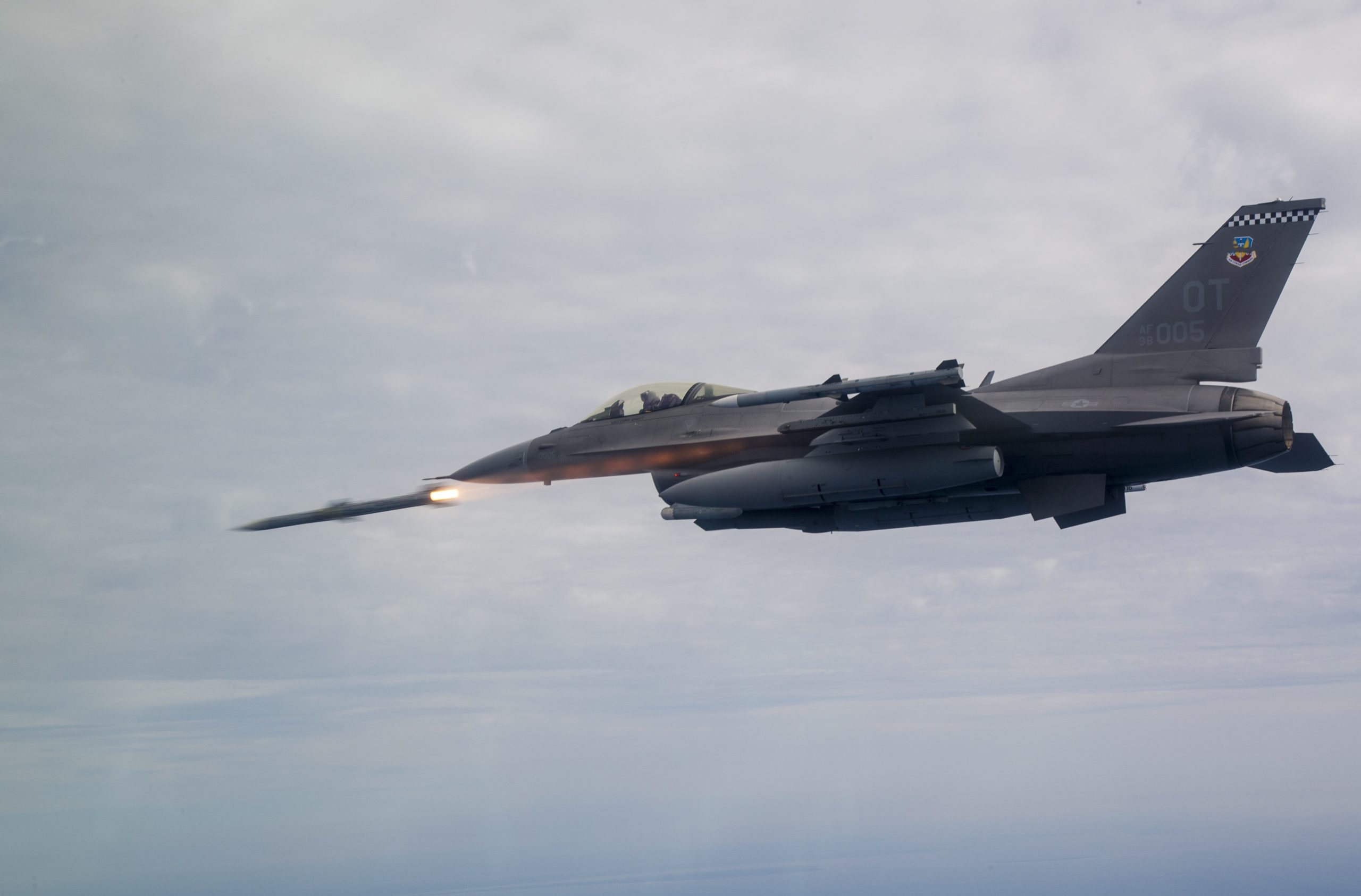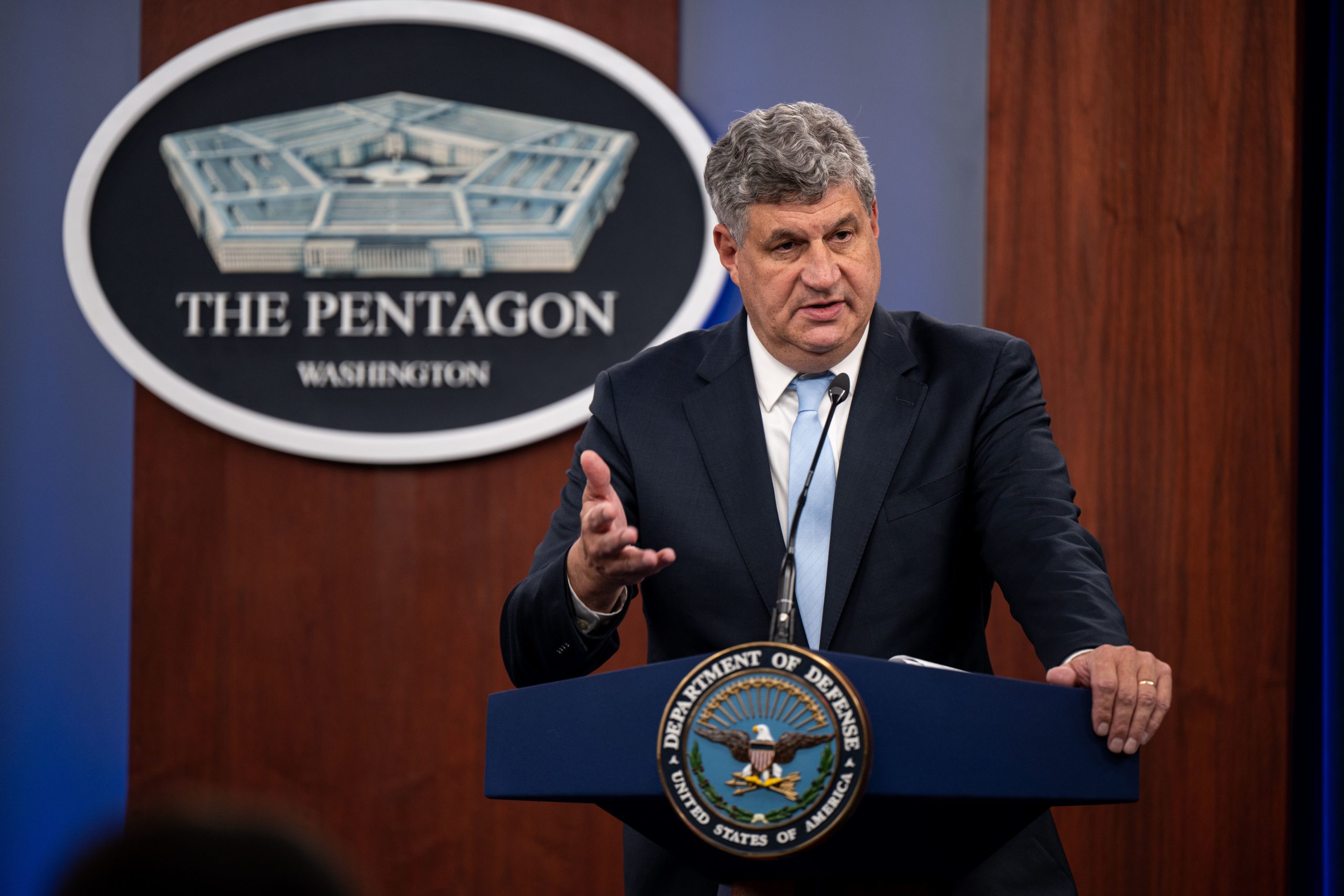The Department of the Air Force announced Sept. 28 it will review the general or other-than-honorable discharges of thousands of Airmen affected by post-traumatic stress disorder (PTSD), traumatic brain injury (TBI), mental health conditions, sexual assault, or sexual harassment.
The decision follows a nationwide class action lawsuit, filed by Air Force veterans Martin Johnson and Jane Doe in September 2021. In the lawsuit, Johnson and Doe argued that since the start of the Global War on Terror, the Air Force has granted less than honorable discharges to many service members due to misconduct related to conditions such as PTSD, TBI, sexual trauma, and other behavioral health issues. The plaintiffs also alleged that veterans with these conditions were consistently denied upgrades by the Air Force Discharge Review Board.
In response, the Air Force agreed to settle the lawsuit, but denies the allegations made in it. The settlement was signed by both parties and filed with the court on April 24, an Air Force spokesperson told Air & Space Forces Magazine, and the court preliminarily approved the settlement Sept. 26.
Under the terms of the settlement, which is pending its final approval in a hearing on Dec. 4, the AFDRB will conduct a thorough review of applications submitted between Sept. 13, 2015, and the date when the settlement becomes effective. This review specifically targets cases where the AFDRB had previously denied upgrade requests for veterans who cited mental health conditions or traumatic experiences as the reasons for their discharges under general or other than honorable (OTH) conditions.
Additionally, the settlement expands eligibility for veterans seeking discharge upgrades. Those who were discharged and submitted applications to the AFDRB between Sept. 13, 2006, and Sept. 12, 2015 but received unfavorable decisions will now have the opportunity to reapply.
However, the discharge upgrades are not guaranteed, and each application will be assessed on a case-by-case basis.
Johnson, who suffers from PTSD himself, expressed satisfaction with the Air Force’s commitment to addressing the mental health and trauma-related concerns of veterans.
“I am pleased that the Air Force is taking steps through this settlement to make the AFDRB more accessible to veterans like me who love and have served this country,” Johnson said in a statement. “I am glad the Air Force is committed to taking less-than-honorably discharged veterans’ mental health and trauma seriously.”
Alex Wagner, assistant secretary of the Air Force for manpower and reserve affairs, said the settlement and commitment to reviewing cases “underscore our continued commitment to provide former Airmen and Guardians fairness, due process, equity, and justice in all cases that are submitted to our review boards.”
In addition to reviewing past cases, the settlement introduces procedural reforms and new decision-making protocols for veterans seeking discharge upgrades in the future. These reforms aim to ensure a fair and supportive process for veterans dealing with mental health conditions, traumatic brain injuries, or evidence of sexual trauma.
Notable changes include the establishment of a one-year pilot program allowing veterans to supplement their records, documenting medical opinions, providing a phone number for inquiries, and conducting training on mental health issues and unconscious bias. The settlement also mandates the AFDRB to offer a universal video teleconference option for veterans who wish to have a personal appearance but cannot travel to Washington, D.C.
At the approval hearing in December, Judge Charles S. Haight Jr. will take any objections into account when deciding whether to grant final approval. An official at the Yale Veterans Legal Services Clinic told Air & Space Forces Magazine that if the settlement is not approved after the fairness hearing, depending on the reasons given by the Court for rejecting the settlement, the parties will resume the litigation or explore a revised settlement.
